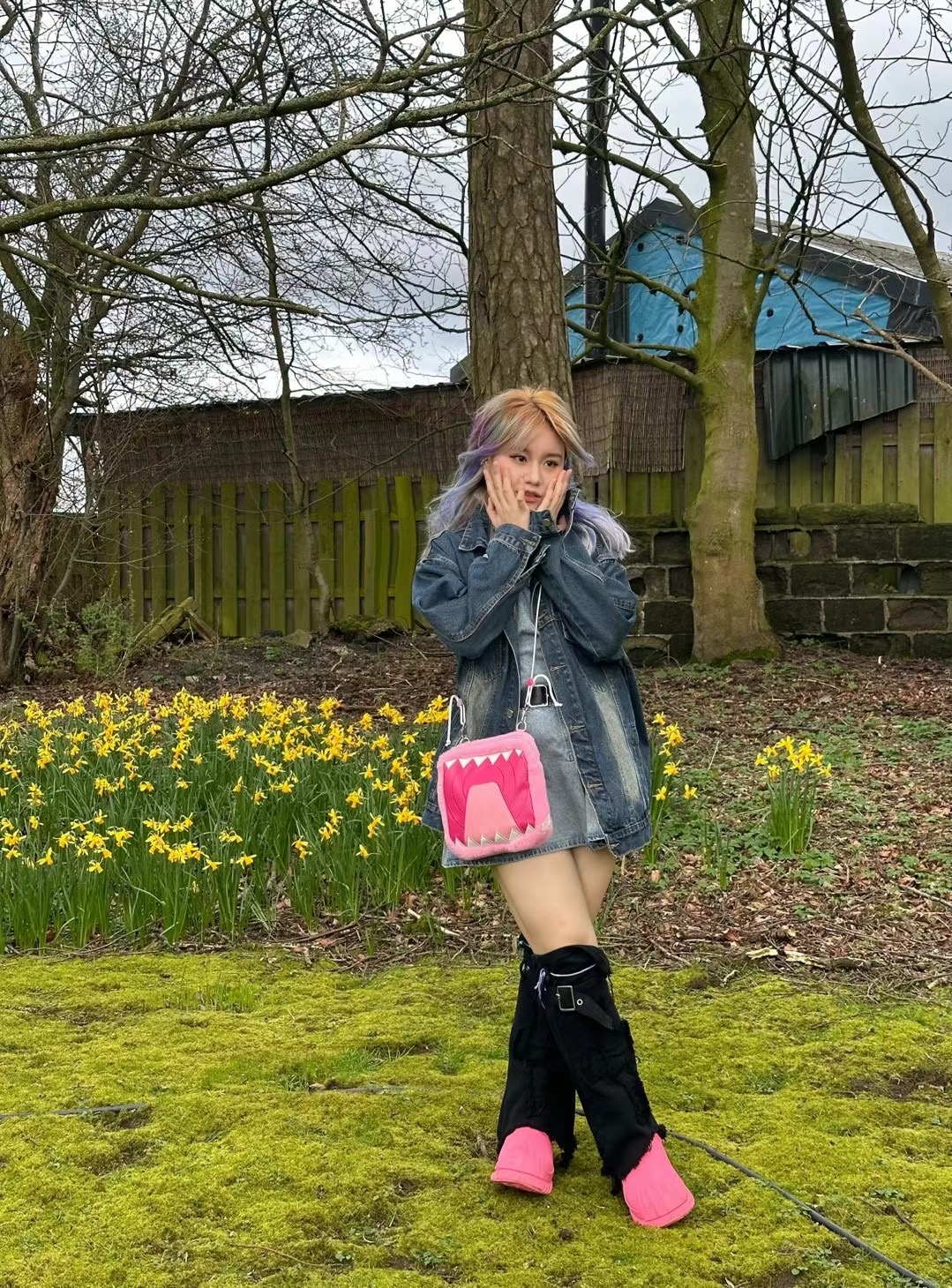What it does
Problem: Jaywalking and red-light violations are frequent in local areas, posing serious risks to traffic safety. Solution: Design an interactive light game setting that attracts and encourages public participation during red lights to reduce jaywalking.
Your inspiration
Jaywalking has become increasingly common, largely due to weak traffic enforcement and a lack of public safety awareness. This has become a normalized behavior, especially in the UK, where we live. Our research into this social behavior reveals that such decisions are often driven by personal judgment and heavily influenced by the actions of others. External factors—especially social cues and environmental elements like lighting can significantly impact a person’s choices. Therefore, we believe that well-designed lighting can serve as a subtle but effective guide to help reduce this behavior.
How it works
Step On Light is installed in pedestrian zones at traffic lights. It has two parts: six tile-shaped ground lights and an energy bar integrated into the traffic light pole. Workflow: During the red pedestrian signal, an interactive game inspired by “whack-a-mole” activates. Random ground lights prompt pedestrians to step on them. Pressure sensors detect steps, switch off the current light, and activate another, making the wait more engaging. The energy bar will show the game progress during the waiting period. When the pedestrian signal changes, the game ends. All lights switch to traffic guidance mode: green ground lights direct pedestrians, and the energy bar turns red to alert vehicles to stop. Technical details: The interactive module is a pressure-sensitive system made of Velostat, aluminum foil, and foam board. It detects pressure changes and sends corresponding signals to control the RGB light strip.
Design process
We interviewed pedestrians of different ages and occupations. The interviews clearly express that this widespread behavior has gone beyond what legal regulations alone can control. They mentioned that strict rules are not enough to convince people to follow the right behavior; what they need is effective guidance. We use lighting because it serves as a powerful signaling tool; when applied thoughtfully, it can effectively guide and prompt public behavior. By introducing game elements, we transform rigid and dull rules into a more engaging, playful experience. This approach appeals to all age groups and encourages active participation through interaction. In our prototype, we chose to build a functional area model to better showcase the interaction experience and logic. This involved designing and integrating code logic, selecting and adapting electronic components, and developing the overall structural concept. Velostat, a material not yet widely commercialized, proved to be a great fit for our design needs. We aimed to meet the interaction requirements by coordinating the electronics, structural design, and code to work seamlessly together. At the same time, we maximized material reusability by using recyclable and sustainable materials wherever possible.
How it is different
Most existing traffic signal systems on the market and found that they primarily focus on warnings and alerts to improve public safety. In contrast, our installation uses subtle lighting changes to guide participants rather than directly controlling their behavior. This guiding-based interaction encourages public engagement, fulfilling the core target of design while offering a fresh and engaging experience through light interaction. This new form of public facility interaction, Step On Light, reshapes the public’s perception of dull and rigid urban spaces. By creating a unique medium of communication between people and their environment, it transforms passive spaces into engaging experiences. The result is a deeper sense of connection and belonging, inviting people to actively participate and feel immersed in the space around them.
Future plans
We have successfully built the physical interaction functionality of Step On Light and are now planning to collaborate with the manufacturing industry to further develop and adapt the system for outdoor use. At the same time, we are working to establish connections with local governments to promote our design and push for real-world implementation. We believe that, beyond improving traffic safety, offering a new kind of spatial interaction experience can positively contribute to society. Step On Light has the potential to be applied in a variety of public spaces, creating engaging and meaningful interactions between people and environment.



Share this page on